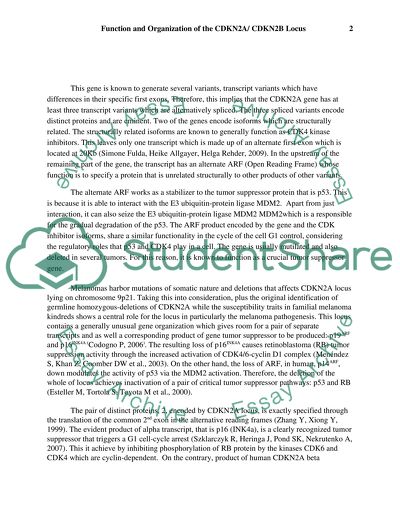Cite this document
(“A review of the function and organization of the CDKN2A/CDKN2B locus Essay”, n.d.)
A review of the function and organization of the CDKN2A/CDKN2B locus Essay. Retrieved from https://studentshare.org/health-sciences-medicine/1472652-a-review-of-the-function-and-organization-of-the
A review of the function and organization of the CDKN2A/CDKN2B locus Essay. Retrieved from https://studentshare.org/health-sciences-medicine/1472652-a-review-of-the-function-and-organization-of-the
(A Review of the Function and Organization of the CDKN2A/CDKN2B Locus Essay)
A Review of the Function and Organization of the CDKN2A/CDKN2B Locus Essay. https://studentshare.org/health-sciences-medicine/1472652-a-review-of-the-function-and-organization-of-the.
A Review of the Function and Organization of the CDKN2A/CDKN2B Locus Essay. https://studentshare.org/health-sciences-medicine/1472652-a-review-of-the-function-and-organization-of-the.
“A Review of the Function and Organization of the CDKN2A/CDKN2B Locus Essay”, n.d. https://studentshare.org/health-sciences-medicine/1472652-a-review-of-the-function-and-organization-of-the.


